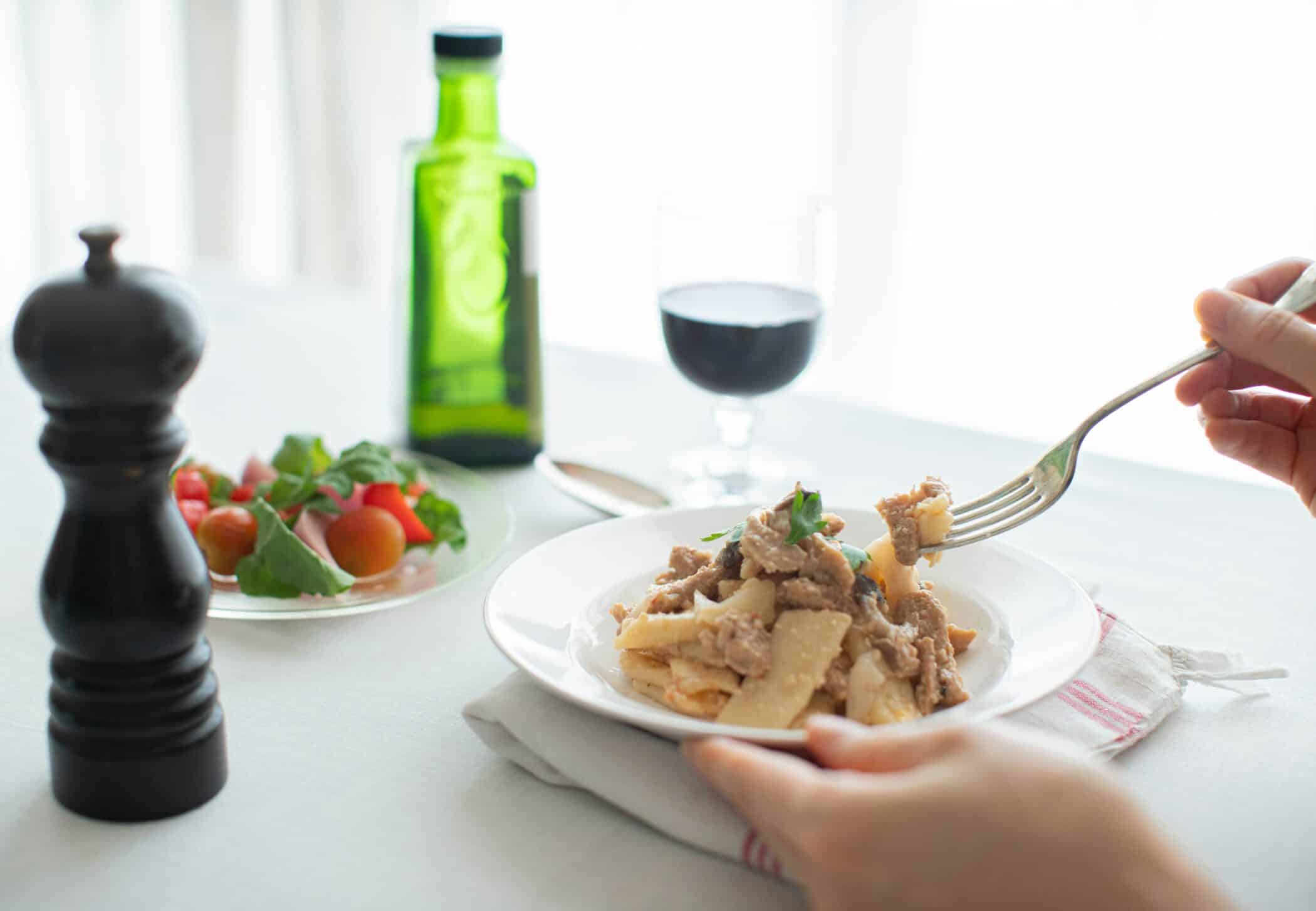
Adopting a low sodium diet is a big step toward reducing the risk of various health problems. By limiting sodium intake, you can get many health benefits. That includes managing blood pressure, enhancing heart health, and supporting kidney function.
In the following words, we’ll explore the many advantages of a low sodium diet. We’ll also provide practical ways to include it in daily life. Additionally, we will examine the role of low sodium meal delivery services as a solution to effortlessly adopting this health-conscious eating plan.
Table of Contents
What is sodium in food?
Sodium is a chemical element (Na) found in various foods as an essential mineral. It’s crucial in maintaining the balance of fluids in the body. It also helps with nerve function and the contraction of muscles.
Regarding food, we ingest sodium mainly in the form of salt. Salt is added to various packaged foods, including:
- snacks;
- canned food;
- soups;
- sauces, and many more.
Additionally, some natural foods like certain vegetables or meats also contain sodium.
The importance of sodium for the normal function of our body is undisputed. But, many people tend to eat excessive amounts of processed foods. Those foods contain large amounts of sodium, leading to many health issues.
The most common health issues related to high sodium intake are high blood pressure and cardiovascular problems.
Health organizations such as the World Health Organization (WHO) recommend reducing sodium intake to maintain healthy blood pressure as well as reduce the potential risk of cardiovascular diseases.
The ideal daily sodium intake will vary depending on age, gender, and other factors. But, generally, you should aim at around 2000mg (two grams) of sodium daily. Some high-risk groups should further reduce that to 1,500 mg (1,5 grams) of sodium daily.
The global average daily sodium intake per person is nine to twelve grams. Still, there are some practical solutions to lowering your sodium intake levels.
How can we lower our sodium intake?
There are numerous ways to limit our sodium intake, which we can summarize into three key points:
- choosing fresh over processed foods;
- experimenting with a low sodium meal delivery service;
- staying informed.
Choose fresh over processed foods
Fresh foods are naturally lower in sodium than processed and packaged foods. That includes:
- fruits;
- vegetables;
- lean meats;
- fish;
- whole grains.
Try cooking as many of your meals as possible. When you cook at home, you completely control the ingredients you eat. When purchasing ingredients, check the label for the sodium content. Choose products with lower sodium levels or look for “low sodium” or “no added salt” options.
Also, try to flavor your meals with herbs and spices instead of relying on salt. There are countless combinations for flavorful meals without adding too much salt.
Opt for low sodium meal delivery
A low sodium meal delivery service can be an excellent way to limit your sodium intake. It’s a convenient way to access meals that fit your dietary requirements.
With JetFuel meals, you can be confident that the meals are specifically designed to be lower in sodium. This ensures you make healthier choices without analyzing every ingredient or nutrition label.
As we mentioned, spices and herbs can do wonders with adding flavor to your meals. However, finding the right mix to fit your taste buds can be difficult. But with a low sodium meal delivery service, you can enjoy the pre-tested options that combine delightful flavors with health-conscious choices.
Another convenience is cutting the time for preparing and shopping for your meals. This is especially useful for people who live busy or need more confidence in the kitchen.
A low sodium meal delivery service also provides a lot of customization. You can adjust your meals to your preferences and needs. That way, you can enjoy each meal while keeping your sodium intake low.
Finally, low sodium meal delivery adds diversity to your diet. They’ll ensure that you don’t get bored with your meals and that you have various cuisine options.
Stay informed
Stay informed on foods with high sodium levels to lower your sodium intake.
There are many examples of hidden sources of sodium. Some of those are monosodium glutamate or baking soda. But by educating yourself on these hidden sources, you can manage your salt intake much more efficiently.
Hence, you’ll be able to discover many useful tips to optimize your dietary habits. For example, if you eat canned foods (like veggies, fish, or beans), rinse them before consuming them. You can quickly reduce sodium by draining and rinsing these foods.
Many condiments (like ketchup or mayonnaise) contain high amounts of sodium. Try limiting them as much as possible. Another important tip is to stay hydrated. It can help get rid of excess sodium from your system.
When you stay informed and wary of your food, it’ll be much easier to maintain your sodium intake at a healthy level.
What are the benefits of a low sodium diet?
The main benefits of a low sodium diet are:
- blood pressure management;
- reduced risk of cardiovascular disease;
- improved kidney function.
But remember that sodium is crucial for our overall health. Hence, maintain your intake at around two grams per day.
High sodium intake is directly connected to high blood pressure. Also, you can reduce the risk of heart disease, stroke, and other cardiovascular issues by lowering it.
A low sodium diet can also improve your kidney function. Consuming too much of it puts extra strain on your kidneys and impairs their function. By lowering it, you take away that burden and support better kidney health.
A high-sodium diet can also cause the body to lose calcium. Over time, this calcium loss can weaken bones and increase the risk of osteoporosis. Lowering sodium intake can help preserve bone density. That reduces the risk of bone-related issues.
Finally, a low sodium diet often includes healthier choices. It involves switching to more whole, unprocessed foods. That will naturally increase the intake of more nutritious options. Of course, these practices improve your health and well-being.
In summary
Embracing a low sodium diet offers various health advantages. You can improve your blood pressure and heart health with a few simple changes.
To effortlessly achieve this diet, choose fresh over processed foods. Stay informed about the ingredients you purchase. You can also consider utilizing low sodium meal delivery services. They’ll provide you with pre-tested options that perfectly balance taste and health.
With convenient access to thoughtfully prepared meals, achieving your dietary goals becomes a seamless and enjoyable journey toward a healthier you.

